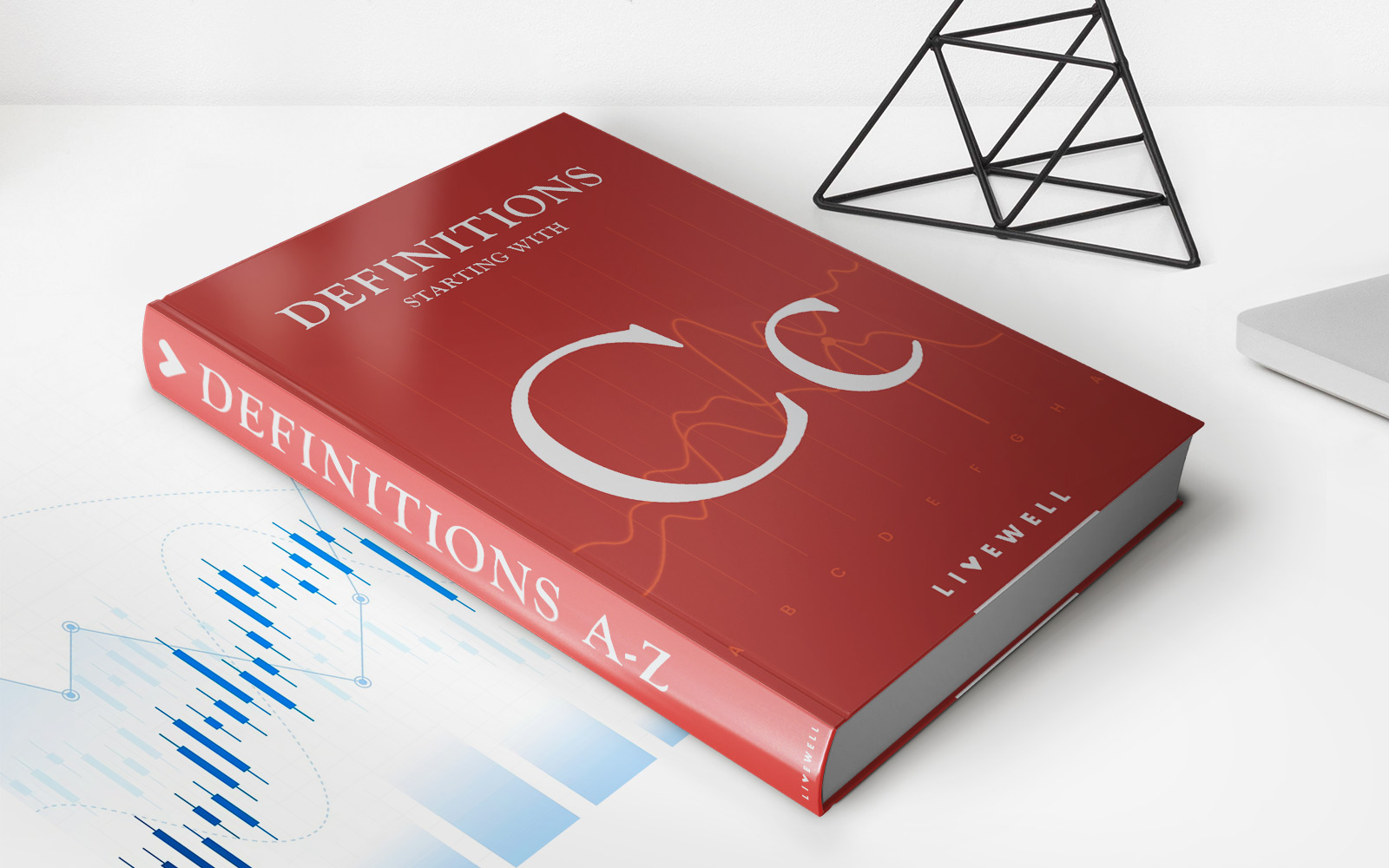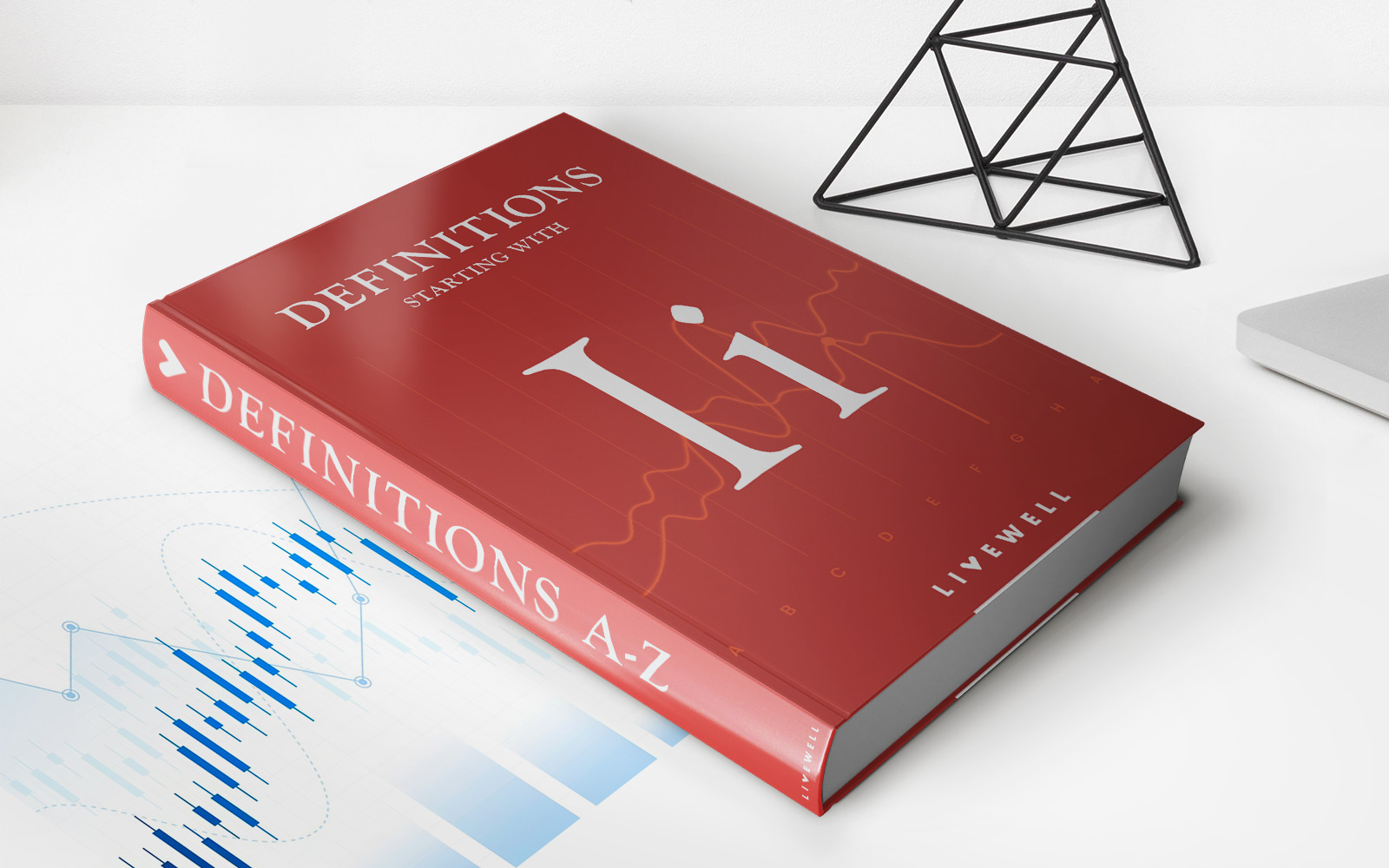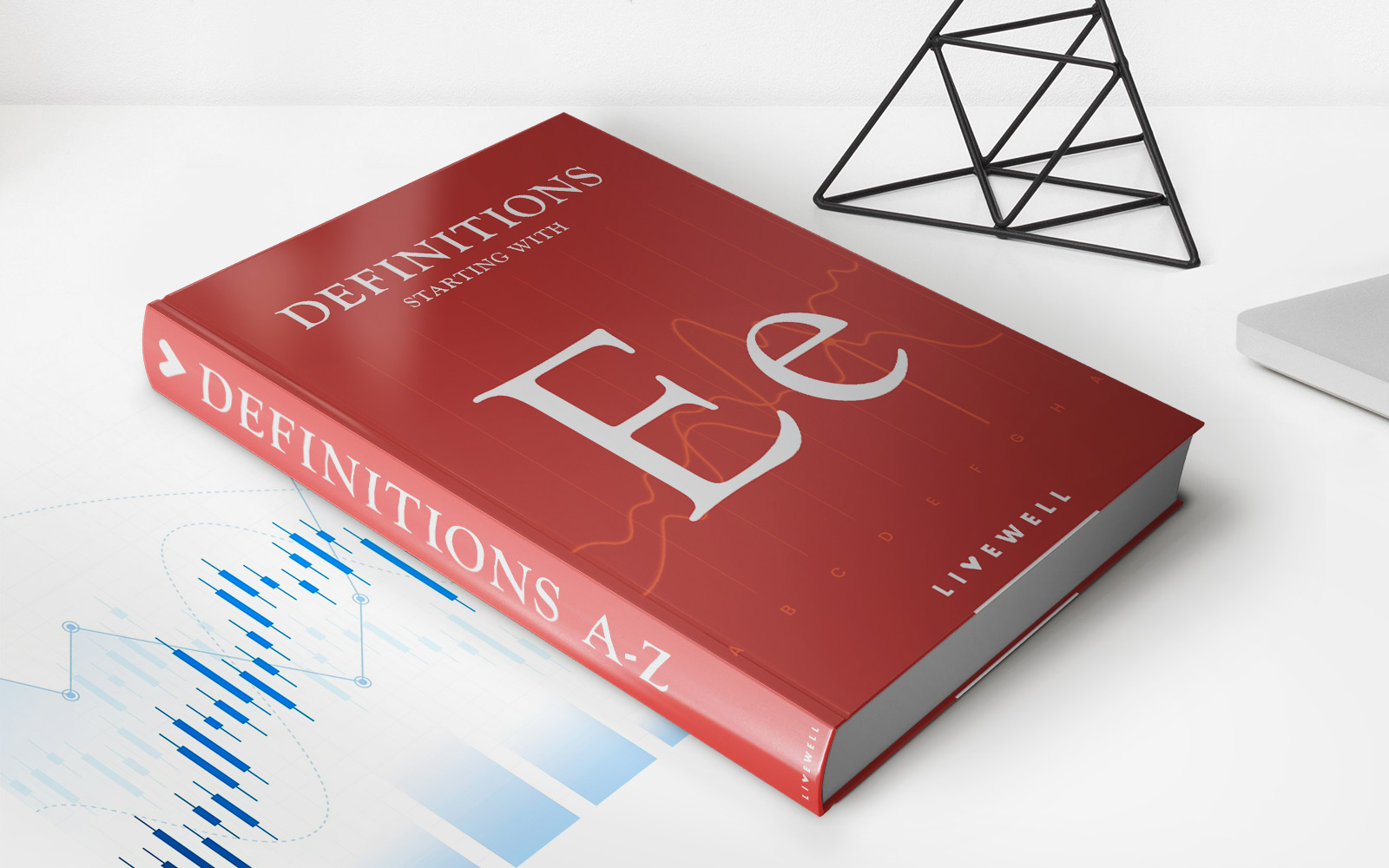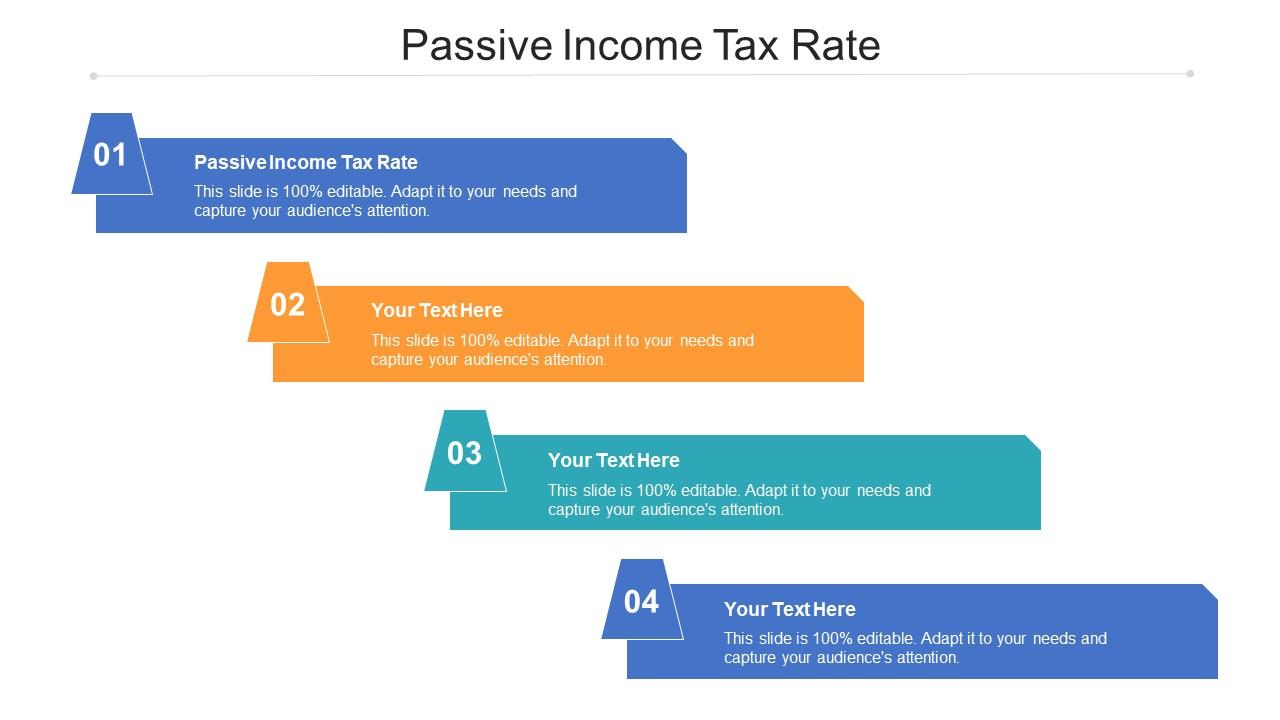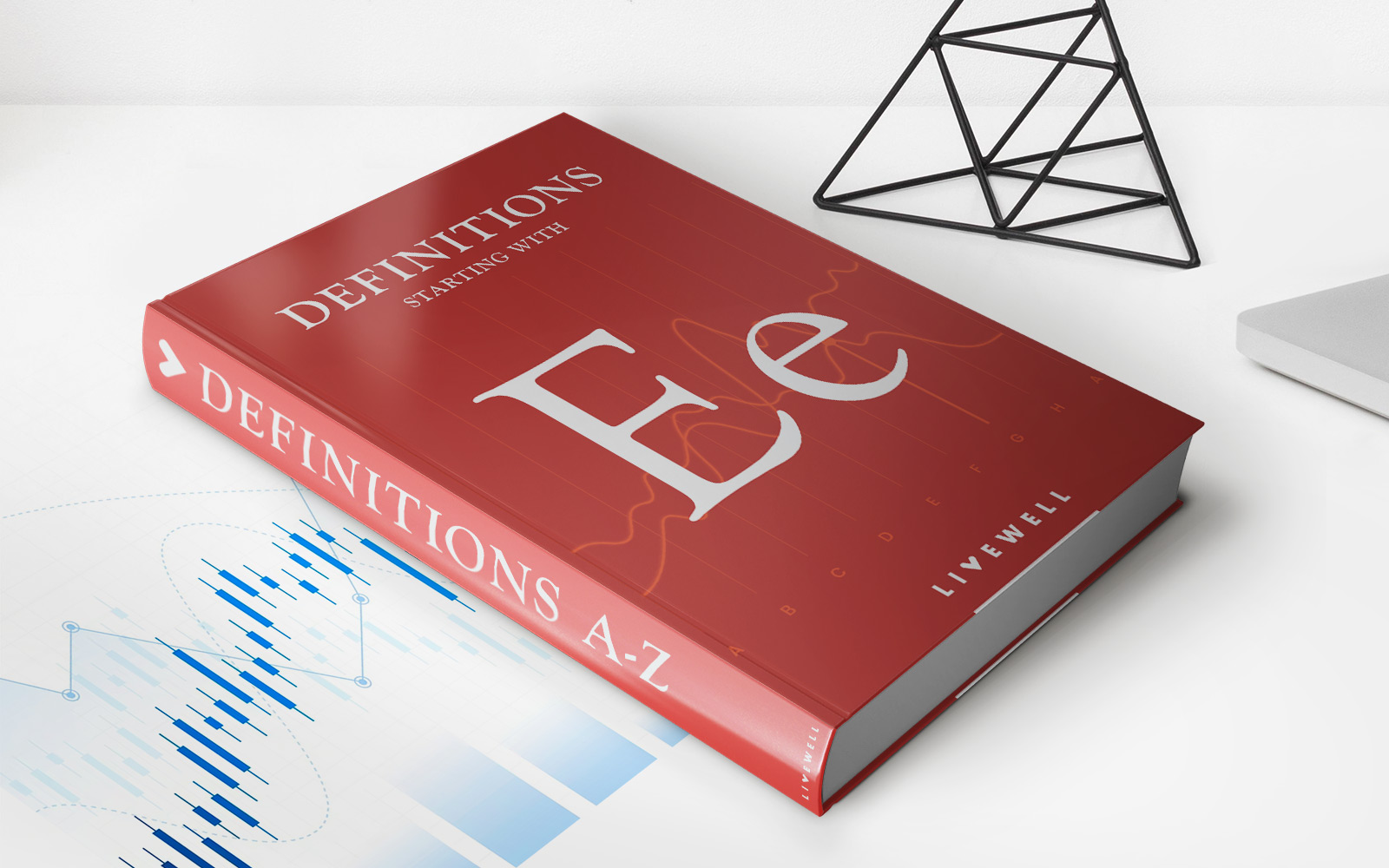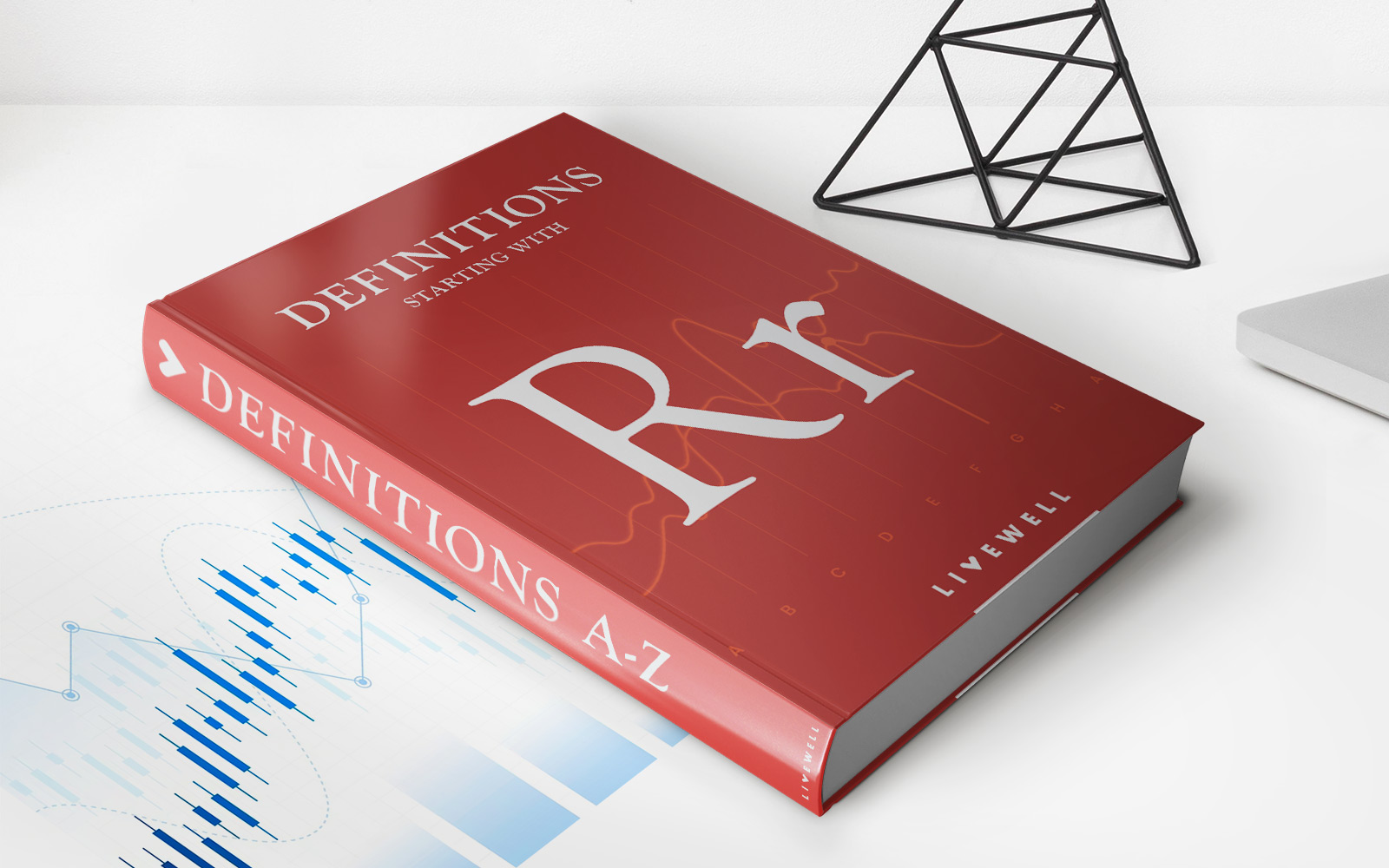

Finance
Passive ETF Definition
Published: January 6, 2024
Learn about passive ETFs in finance and how they can help diversify your investment portfolio. Understand the benefits and drawbacks to make informed decisions.
(Many of the links in this article redirect to a specific reviewed product. Your purchase of these products through affiliate links helps to generate commission for LiveWell, at no extra cost. Learn more)
Passive ETF Definition: A Beginner’s Guide to Understanding Passive Exchange-Traded Funds
Are you looking to grow your investment portfolio and achieve financial stability? If so, understanding passive exchange-traded funds (ETFs) is essential. In this blog post, we will delve into the world of finance and provide you with a comprehensive guide to passive ETFs, the benefits they offer, and how they can help you achieve your financial goals.
Key Takeaways
- Passive ETFs track an underlying index, such as the S&P 500, and aim to replicate its performance. They are a low-cost investment option.
- Investing in passive ETFs allows individuals to gain exposure to various asset classes while spreading investment risk.
Now, let’s dive into the world of passive ETFs and understand what makes them an attractive investment option.
What Are Passive ETFs?
Passive ETFs, also known as index funds, are investment funds that aim to replicate the performance of a specific market index, such as the S&P 500 or the Nasdaq 100. Unlike actively managed funds, where a fund manager takes an active role in selecting and managing investments, passive ETFs aim to mirror the exact composition and returns of the underlying index. This “set it and forget it” approach offers investors a low-cost and low-maintenance investment option.
Passive ETFs work by holding a diversified portfolio of stocks, bonds, or other assets that reflect the composition of the underlying index. For example, if you invest in a passive ETF that tracks the S&P 500, the fund will hold a proportional amount of each stock in the index. As the index changes, the ETF automatically adjusts its holdings to maintain the same allocation, ensuring that investors always have exposure to the index they are tracking.
Why Should You Consider Investing in Passive ETFs?
Passive ETFs have gained popularity among investors for several reasons. Here are two key takeaways:
- Diversification and Risk Mitigation: By investing in passive ETFs, you gain exposure to a wide range of assets, spreading your investment risk. If one company or sector experiences a decline, the impact on your overall portfolio is minimized due to the diversified nature of the ETF.
- Low Cost and Transparency: Passive ETFs typically have lower expense ratios compared to actively managed funds. These lower costs result from reduced management fees and transaction costs since the fund aims to replicate an existing index rather than actively selecting securities.
Passive ETFs are an excellent option for long-term investors who believe in the long-term growth of the overall market. For those seeking steady, consistent returns and who prefer a hands-off approach to investing, passive ETFs offer an opportunity to achieve their financial goals with minimal effort.
In Conclusion
Understanding passive ETFs is a crucial step towards achieving financial stability and growing your investment portfolio. By investing in these low-cost, diversified funds that track an underlying index, you gain exposure to various asset classes while mitigating risk. With transparency and a set-it-and-forget-it approach, passive ETFs provide an opportunity to achieve long-term financial gains without the need for constant monitoring and management.
So, whether you’re a seasoned investor or just starting your financial journey, consider adding passive ETFs to your investment strategy. Their simplicity, low costs, and potential for growth make them an essential tool for any investor aiming for long-term financial success.
